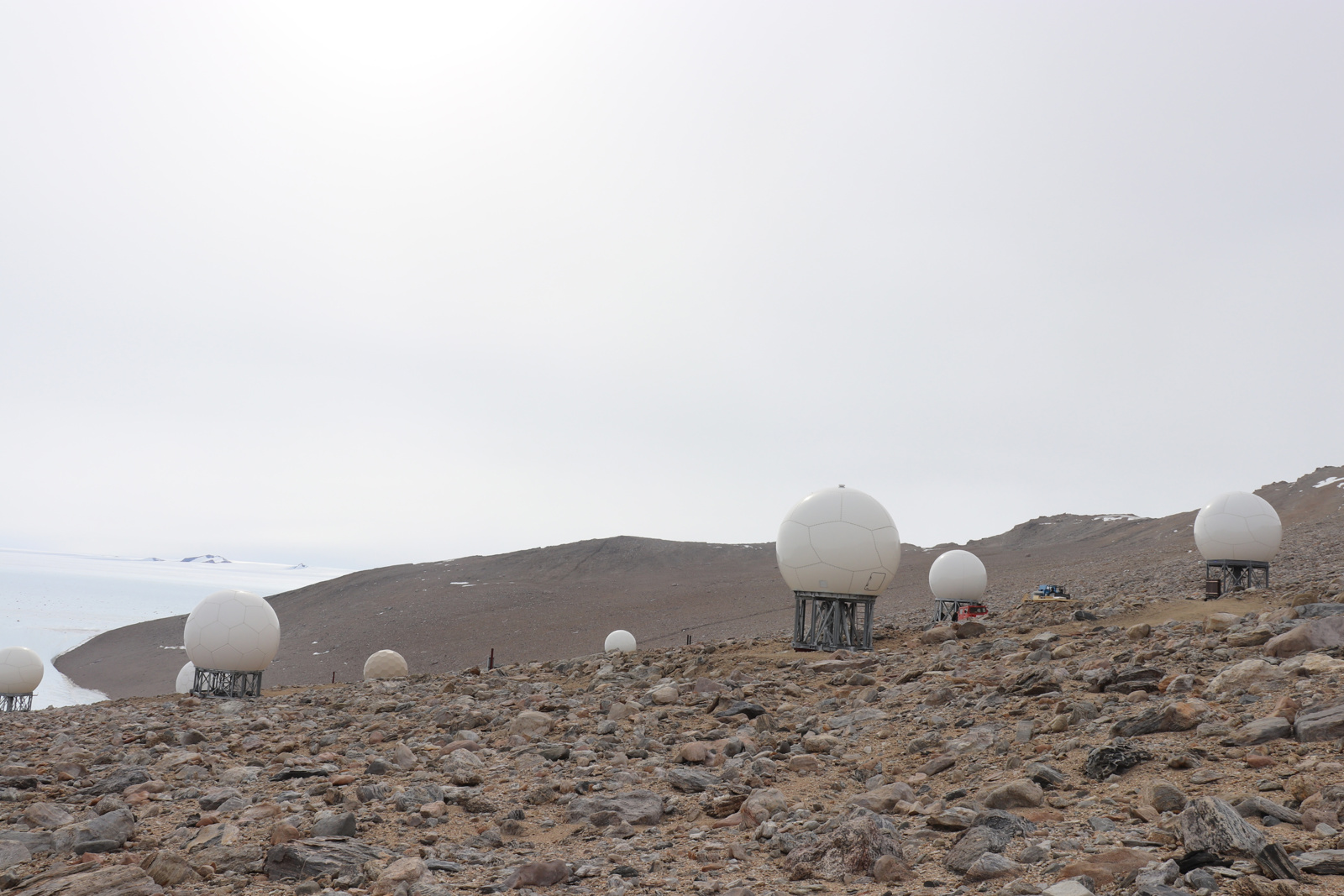The majority of EO satellite systems continue to use X-band to download their data, but as data collection volumes increases, Ka-band offers high throughput, low latency and a less congested spectrum.
KSAT is a first mover within Ka-band and has been exploring the advantages of this higher frequency-band with both commercial operators like Astro Digital (White paper; Ka-band and the future of Big data from Space ) as well as institutional users like NASA, NOAA and EUMETSAT.
Continuously explore and assess
The KSAT polar ground stations have proven to be optimally suited for operating Ka-band antennas. Having a higher sensitivity to weather conditions and especially precipitation, located in dry areas is an important prerequisite for success.
– In KSAT we are technology-independent in our approach. Our mission is to connect space and earth and to do that in the most effective way for our customers, we need to continuously explore and assess all new technologies, KSAT President and CEO, Rolf Skatteboe says.

– Operational Ka-band has proven its true value. We believe in this market, so instead of waiting for the onboard systems and the customers to go first, we decided to take a pro-active approach; implementing new technologies based on future demands, he continues.
–This is exactly the same thing we have done for optical, where we have invested in, and installed, the world´s first commercially available optical telescope in Greece, Skatteboe says.
8 antennas by end of year
The new KSATlite antenna in Antarctica is operated as an integrated part of the KSATlite network as well as being a part of the fully operational KSAT polar Ka-band network consisting of 6 polar multi-mission antenna systems (4 Tri-band and 2 Dual-band). With 2 additional antennas being installed in 2021, the KSAT Polar Ka-band network will number 8 antennas by end of the year.
The network is providing operational services to JPSS from Svalbard and Troll and will support EUMETSAT 2nd generation. It will also support NASA's NiSAR and PACE missions from our stations in Svalbard, Antarctica and Punta Arenas.
The KSAT ground network consists of more than 200 antennas located at 26 sites world-wide.
